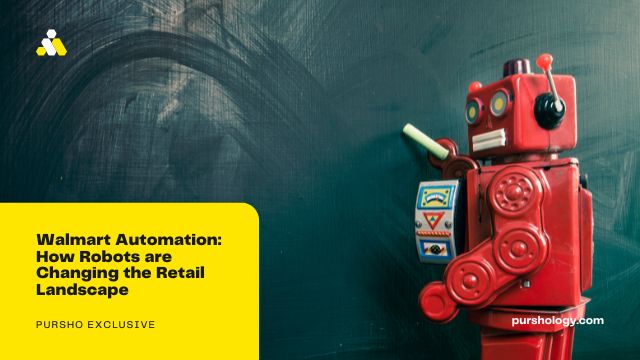In recent years, the retail landscape has seen a dramatic shift due to the increased presence of automation. Walmart, the world’s largest retailer, has been at the forefront of this movement, introducing a variety of automated technologies to its stores. From automated checkouts to robotic shelf stockings, Walmart is leveraging automation to reduce costs, increase efficiency, and improve the customer experience. In this article, we’ll take a look at how Walmart is using automation to transform the retail industry.
The Benefits of Walmart Automation
Walmart has implemented a wide range of automated technologies to streamline its operations. Walmart Automation checkouts allow customers to scan their own items and pay quickly and conveniently, saving them time and reducing lines. Automated shelf-stocking robots are equipped with sensors that detect when items need to be replenished and can quickly restock shelves with minimal disruption. By introducing this technology, Walmart is able to reduce costs, increase efficiency, and provide a better customer experience.
Robots in the Workplace
Walmart has also begun using robots in the workplace. These robots are equipped with sensors that can detect when shelves need to be restocked and can quickly replenish items. They also have the ability to identify hazards and alert workers, helping to ensure the safety of employees. Additionally, Walmart has deployed robots to patrol aisles, report spills, and alert store managers if something is amiss. By introducing these robots, Walmart is able to reduce labor costs, increase productivity, and keep employees safe.
The Impact on the Retail Industry
Walmart’s adoption of automation has had a significant impact on the retail industry. By leveraging automation, Walmart has been able to reduce costs, increase efficiency, and improve the customer experience. Additionally, by introducing robots into the workplace, Walmart has been able to reduce labor costs and increase productivity. These changes have had a ripple effect throughout the industry, with other retailers following suit in order to stay competitive.
The Future of Automation
It’s clear that automation is the future of retail. Walmart is leading the charge with its adoption of automated technologies, and other retailers are quickly following suit. In the future, we can expect to see more robots in stores, more automated checkouts, and more efficient shelf-stocking systems. Automation will help retailers reduce costs, increase efficiency, and provide a better customer experience.
Conclusion
Walmart’s adoption of automation has had a significant impact on the retail industry. By leveraging automated technologies, Walmart has been able to reduce costs, increase efficiency, and improve the customer experience. Additionally, the introduction of robots into the workplace has allowed Walmart to reduce labor costs and increase productivity. As automation continues to become more prevalent, we can expect to see more robots in stores, more automated checkouts, and more efficient shelf-stocking systems. Ultimately, automation will help retailers reduce costs, increase efficiency, and provide a better customer experience.







